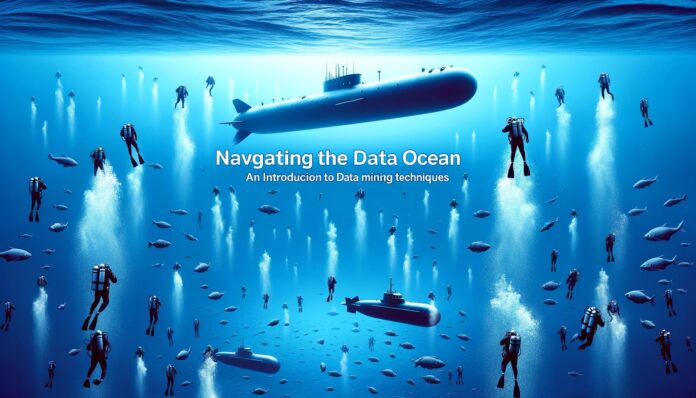Introduction
In the modern business landscape, data is akin to a vast ocean waiting to be navigated. Amidst this ocean, valuable insights are concealed, ready to be unearthed by the curious minds of data scientists and analysts. Data mining serves as the compass that directs enterprises through the turbulent waters of big data towards the treasures of actionable insights. This article endeavors to introduce the core data mining techniques that empower businesses to extract meaningful information from vast datasets, paving the path for informed decision-making.
1. Understanding Data Mining
Data mining is a multidisciplinary craft that blends techniques from machine learning, statistics, and database systems, aiming to discover patterns in large datasets. It’s the crucial step that enables organizations to convert raw data into valuable information.
2. Core Data Mining Techniques
2.1. Classification
Classification entails identifying the category or class to which new data will belong, based on a training set of data with predefined labels.
2.2. Clustering
Unlike classification, clustering groups data with similar characteristics together without prior labeling, uncovering the inherent structure of data.
2.3. Regression
Regression aims at predicting a continuous value based on given variables, helping understand relationships and trends in data.
2.4. Association Rule Learning
This technique discovers interesting relationships between variables in large databases, often used for market basket analysis.
2.5. Anomaly Detection
Anomaly detection identifies outliers or unusual data points that deviate from the norm, crucial for fraud detection and network security.
3. Applications of Data Mining in Business
Data mining techniques are the linchpin for various business applications, including:
- Customer Segmentation: Tailoring marketing strategies by understanding customer groups.
- Fraud Detection: Uncovering fraudulent activities to enhance security measures.
- Market Basket Analysis: Discovering product associations to optimize sales strategies.
4. Challenges and Solutions
While data mining offers a plethora of benefits, it comes with challenges like data privacy concerns and handling of big data. Adopting robust data governance policies and leveraging advanced data mining tools can mitigate these challenges.
5. Concluding Remarks
Navigating the data ocean requires a robust compass, and data mining provides just that. By harnessing the power of data mining techniques, businesses can unveil hidden patterns and insights that are pivotal for informed decision-making and achieving a competitive edge.
